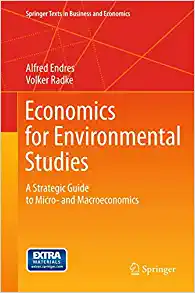

Narrates this economics honours please
Question 5 (Macroeconomics, 30 points). Assume that, in the short run, there are two types of "shocks" which may cause the level of GDP to deviate from the long run, full employment level: (1) changes in autonomous investment spending; and (2) changes in autonomous money demand. Explain how you reached your results for all the parts of this question (a. through d.). You should feel free to use graphs or equations where appropriate. For all the parts of this question (a. through d.), analysis should be conducted for the short run only. a. (9 points) Suppose that the Fed sticks to money supply targeting: in response to any investment spending or money demand shocks, the Fed will leave the money supply at the predetermined and targeted level. How will this money supply targeting strategy affect the deviations of output from the full employment level under each of the two types of shocks? Suppose that autonomous investment spending rises. Then IS shifts out to the right, to /S', causing the interest rate to rise to r, and GDP to rise to Y1. Since the Fed is targeting the money supply and the money supply has not changed, there is no further change in output or the interest rate. See Figure 2. However, if instead the shock consists of a fall in autonomous money demand, then LM shifts out to the right, to LM'. This causes the interest rate to fall to r, and GDP to rise to Yl. Since the Fed is targeting the money supply and the money supply has not changed, there is no further change in output or the interest rate. See Figure 3. b. (9 points) Now suppose that the Fed targets the interest rate: In response to any shocks, it adjusts the money supply to maintain the interest rate at its initial 5 targeted level. How will this interest rate targeting strategy affect the variations of output from the full employment level under each of the two types of shocks?Question 4 (Macroeconomics, 30 points). The relationship between China and the United States is often in the news. To refresh your memory, here are four facts about the Chinese economy: Now evaluate the following claims below with three to five sentences for each. You should also feel free to use graphs or equations where appropriate. Your goal is to discuss why the claim is true, partially true, or not true at all. a. (5 points) "Cheap imports from China come a steep cost - lost jobs and lower wages for American workers." Answer: b. (5 points) "Over time, the Chinese government can maintain an unfair trading relationship with the United States by pegging its currency to the dollar at a low level." Alternative answer: While it is true that China cannot peg its real exchange rate (c) against the US dollar in the long run only via monetary policy, however, if it maintains capital controls, and decides to consistently invest in the U.S. via its sovereign wealth fund, then it can effectively guarantee a capital outflow from China into the U.S., which finances a consistent trade balance even in the long run with flexible prices










